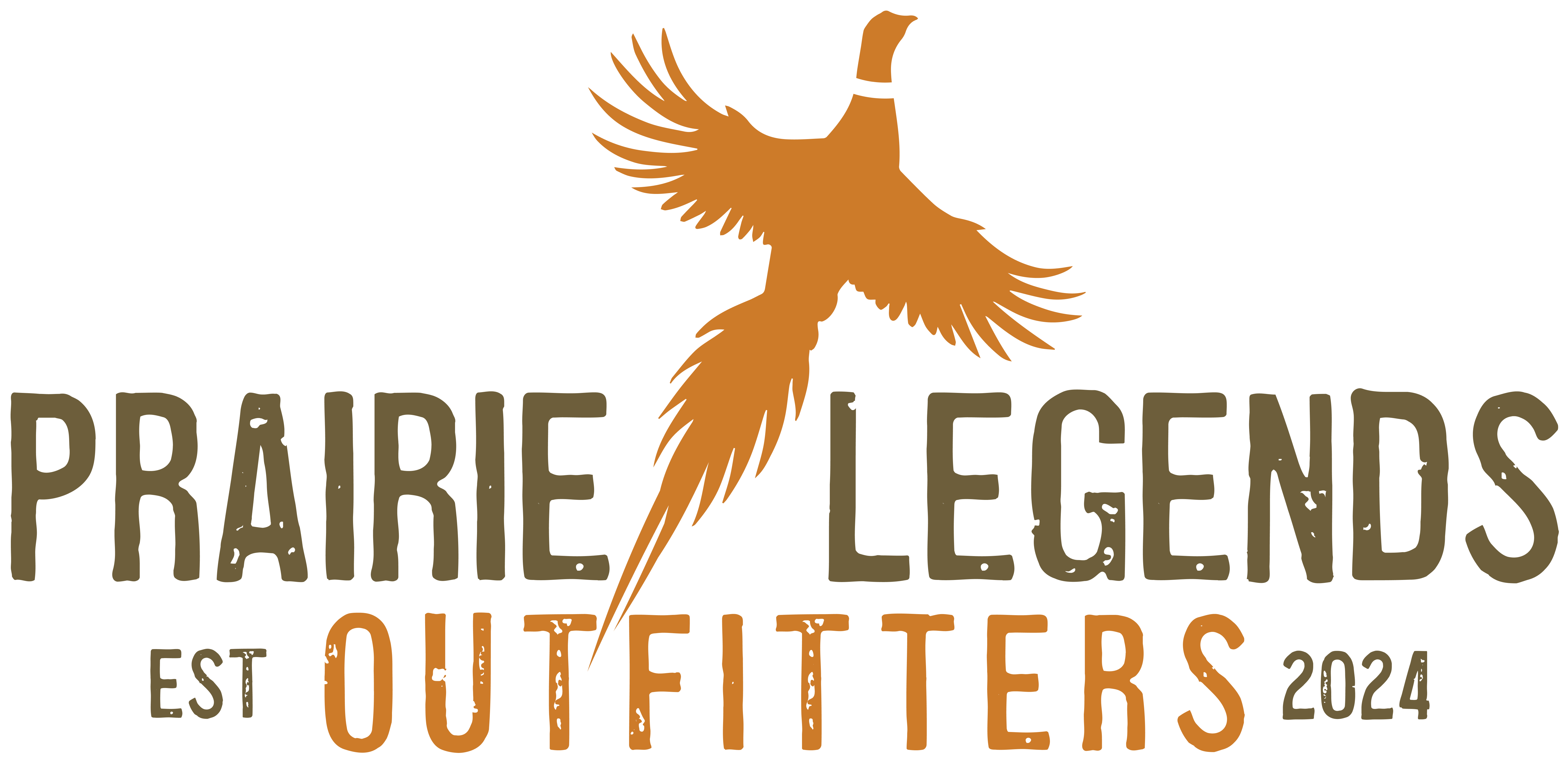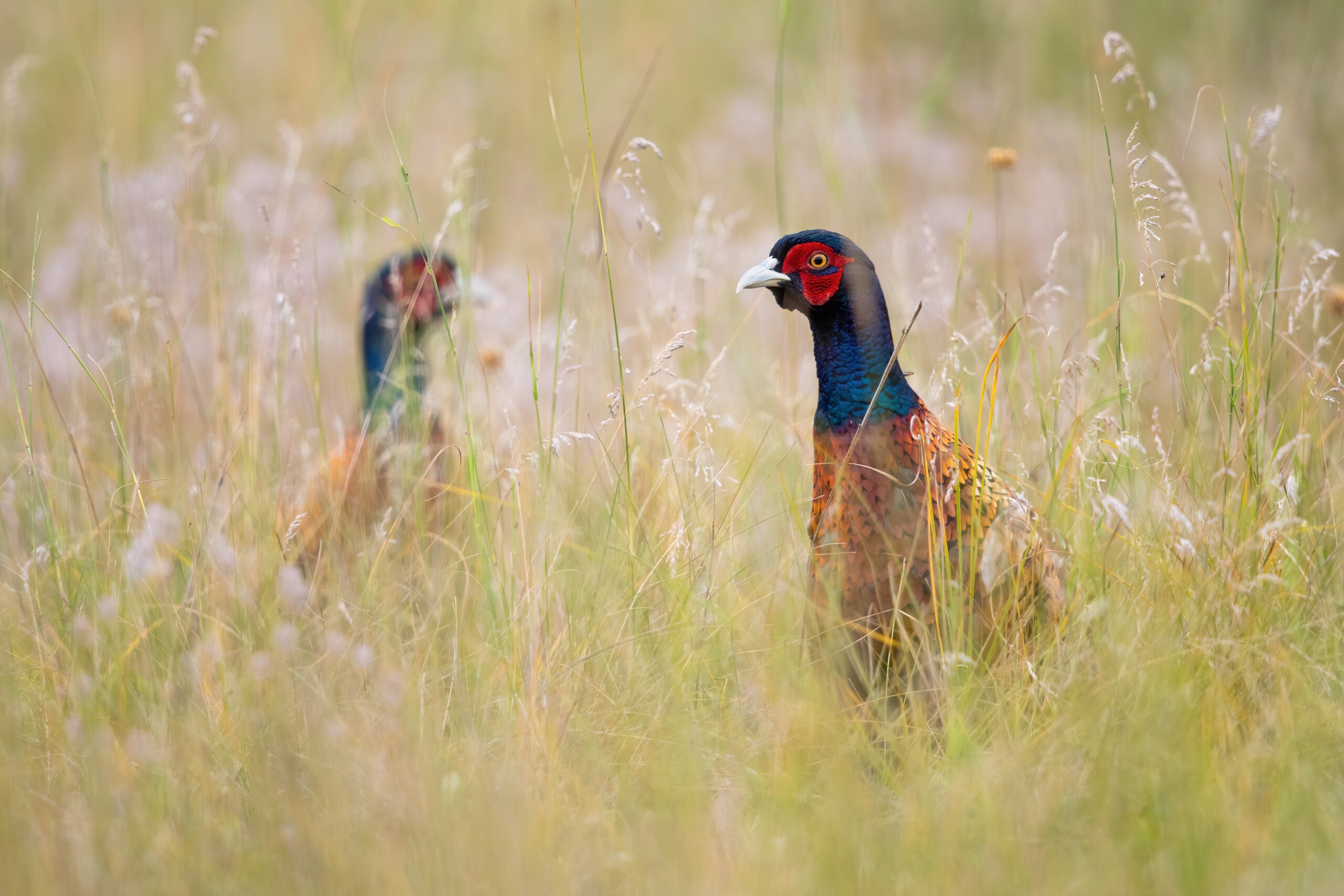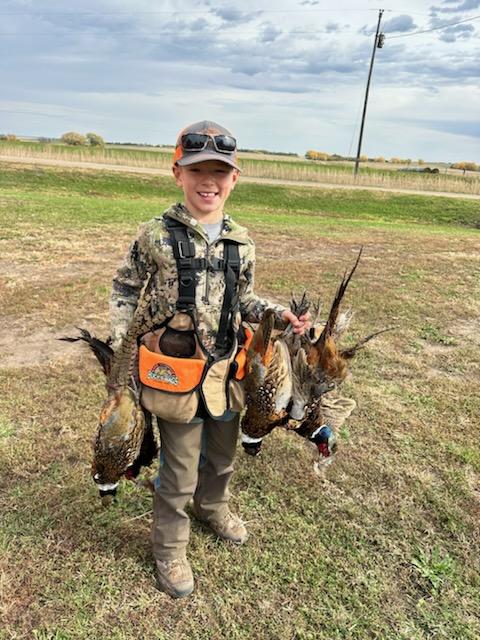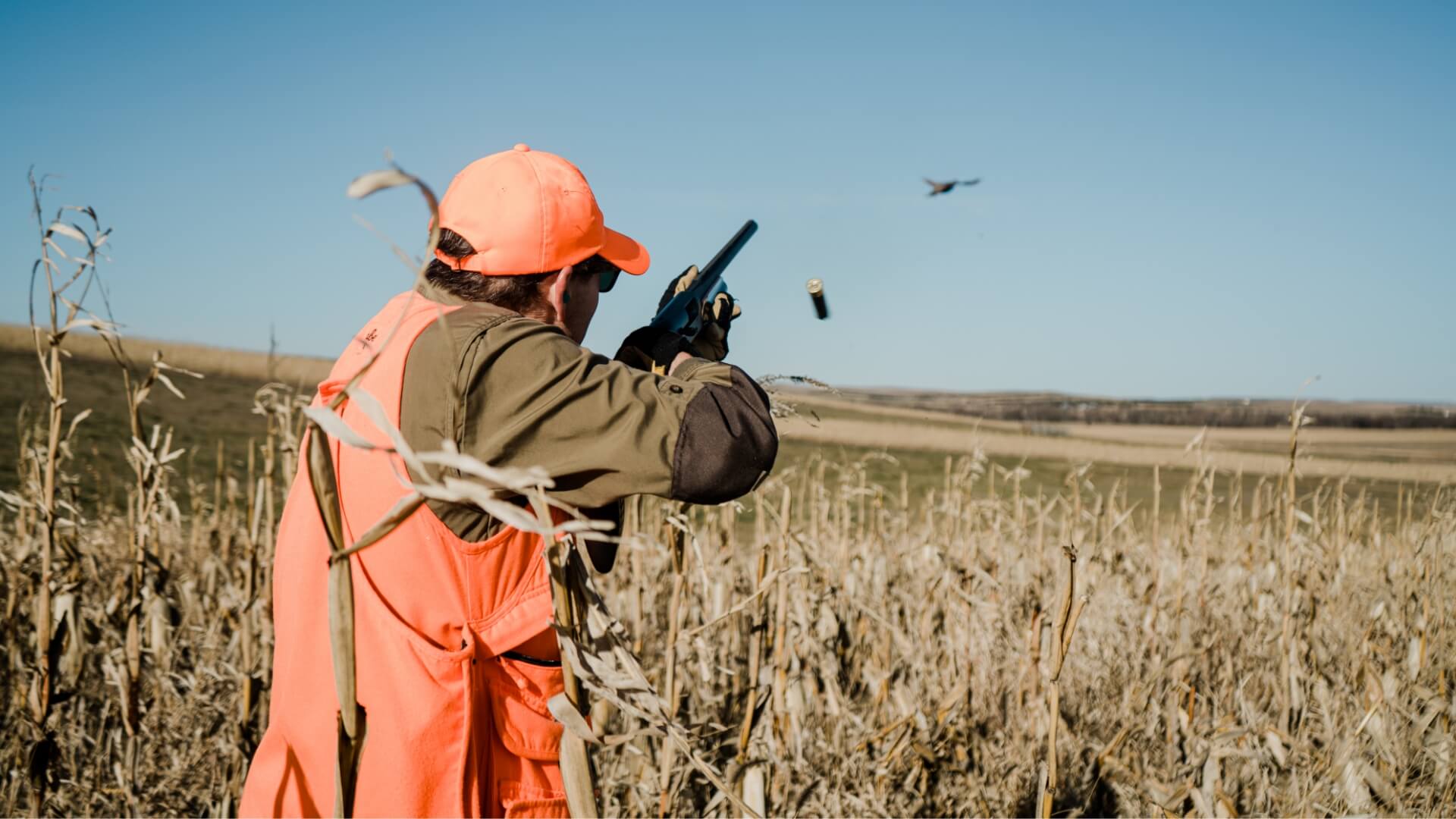South Dakota is known for its stunning landscapes and rich wildlife. The state’s unique combination of habitat, weather, and dedicated conservation efforts makes it the premier destination for pheasant hunting in the world. Hunters from all over come to experience the thrill of hunting in an area that hosts one of the largest pheasant populations in the United States.
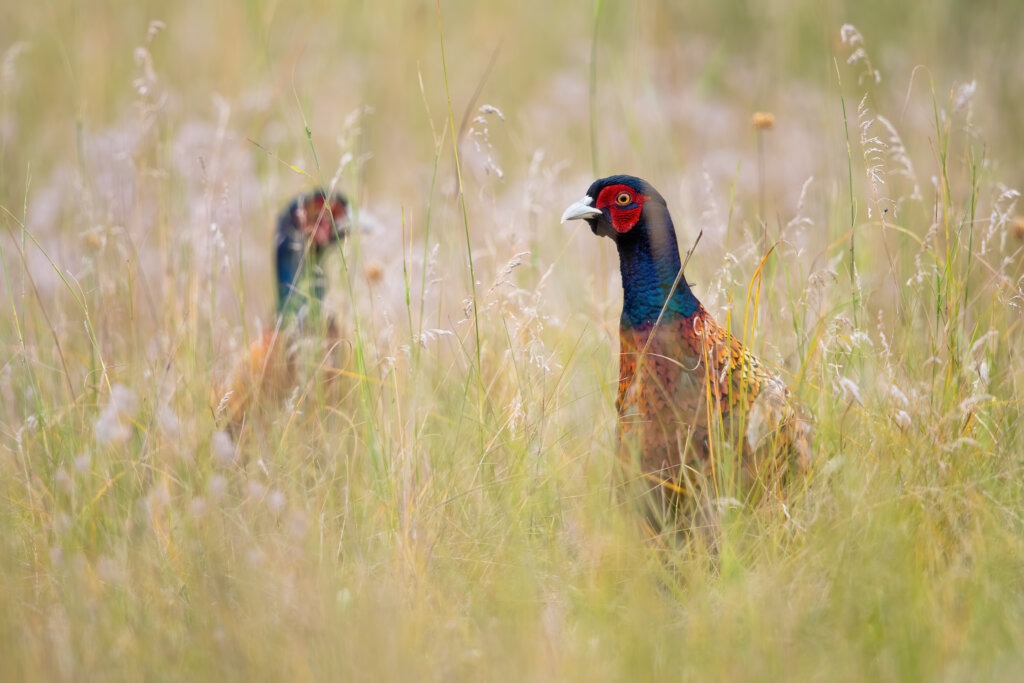
The diverse habitats across South Dakota, from rolling prairies to cornfields, provide ideal conditions for pheasants to thrive. Each season offers a different hunting experience, attracting both novice and expert hunters alike. This state has established itself as a hunting haven, supported by local outfitters like Prairie Legends Outfitters, who offer guided experiences that maximize the chances of a successful hunt.
As the popularity of pheasant hunting grows, so does the importance of preserving South Dakota’s natural environment. Many locals cherish this tradition, and it plays a significant role in the state’s culture and economy. This article will explore why South Dakota deserves its title as the pheasant hunting capital of the world.
Key Takeaways
- South Dakota has the ideal habitat for a thriving pheasant population.
- The changing seasons enhance the pheasant hunting experience.
- Prairie Legends Outfitters provides expert guidance for successful hunts.
The Pheasant Habitat of South Dakota
South Dakota offers prime habitat for pheasants, supported by various conservation programs and rich landscapes. Key areas like the James River Valley provide essential ecosystems, while public lands play a significant role in both habitat and hunting opportunities.
Conservation Programs and Their Impact
Conservation programs are vital for pheasant populations in South Dakota. The Conservation Reserve Program (CRP) is one of the most impactful initiatives. It pays farmers to convert cropland into wildlife habitat. This program has created millions of CRP acres, which help restore wetlands and grasslands, crucial for pheasant breeding and survival.
Additionally, the Conservation Reserve Enhancement Program enhances these efforts by offering more funding and support for practices that improve wildlife habitats. These programs positively affect pheasant production and ensure that hunters have ample opportunities to enjoy their sport.
James River Valley: A Pheasant Haven
The James River Valley is known for its rich pheasant habitat. This area features a mix of croplands, wetlands, and grasslands, which creates perfect conditions for pheasants to thrive. The wetlands in this region provide essential food and shelter.
Hunters often find success in this valley due to the abundance of pheasants. Local fields attract many birds during fall, making the James River Valley a top destination. Its diverse landscape supports breeding and nesting, further ensuring a healthy pheasant population year after year.
The Role of Public Lands in Pheasant Hunting
Public lands significantly enhance pheasant hunting opportunities in South Dakota. These areas are accessible for hunters, providing diverse habitats. They include state parks, wildlife management areas, and other public domains, featuring various terrains.
Hunters benefit from the quality of wildlife habitats maintained on these lands. These habitats support not only pheasants but also other wildlife. The management practices on public lands ensure a sustainable environment, promoting hunting as a traditional outdoor activity. Resources like the South Dakota Game, Fish and Parks’ website offer valuable information on public lands available for hunting and other outdoor activities.
The Thriving Seasons of South Dakota Pheasant
South Dakota is known for its rich pheasant population and well-regulated hunting seasons. The combination of favorable conditions, strong regulations, and local support makes pheasant hunting an essential part of the state’s culture and economy.
Pheasant Season and Regulation
Pheasant hunting season in South Dakota typically runs from mid-October to early January. The South Dakota Department of Game, Fish and Parks sets specific regulations each year. These rules ensure sustainable hunting practices and support wildlife conservation.
Hunters are required to have a valid hunting license and follow bag limits. The daily limit for roosters is often set at three, with an overall possession limit higher. Regulations help maintain a healthy pheasant population while providing hunters with a quality experience.
Economic Impact of Pheasant Season
The pheasant hunting season significantly contributes to South Dakota’s economy. Each year, thousands of hunters visit the state, bringing in millions of dollars. They spend money on lodging, food, gear, and guided trips.
Local businesses, particularly those connected to tourism, benefit greatly. Outfitters like Prairie Legends provide guided hunting experiences and access to private lands. This not only helps hunters but also supports the community.
According to estimates, pheasant hunting has a multi-million dollar impact on the state each year.
Hunter Experience During Peak Season
During peak season, the experience of hunting pheasants in South Dakota is exceptional. Fields are often alive with birds, and the scenery adds to the thrill. The diverse landscape offers various habitats, from grasslands to wetlands, enhancing the hunting experience.
Outfitters like Prairie Legends offer organized trips that focus on both hunting success and enjoyment. They ensure hunters have access to prime locations and expert guidance. This professionalism enhances the thrill and satisfaction of each hunting trip, making the experience memorable.
Many hunters return year after year, contributing to a robust hunting community that celebrates tradition and camaraderie.
Cultural and Environmental Significance
South Dakota’s role as the Pheasant Hunting Capital of the World is deeply rooted in its traditions and commitment to environmental care. The local culture celebrates hunting, while efforts in conservation ensure that wildlife thrives in this region.
Traditions and Heritage of South Dakota Hunting
Hunting in South Dakota is more than just a sport; it is a cherished tradition passed down through generations. Families often gather for hunting trips, creating bonds and sharing stories.
In addition to personal traditions, the state hosts events like the annual Pheasant Festival, bringing together hunters and enthusiasts. This event highlights local customs and the community’s connection to nature.
Hunting also supports the economy. Many local businesses thrive from hunters visiting each fall, boosting tourism and creating jobs. This cultural significance enriches the community and preserves the heritage of pheasant hunting in South Dakota.
Environmental Stewardship and Wildlife Conservation
South Dakota prioritizes environmental stewardship and wildlife conservation. Programs like the Conservation Reserve Program (CRP) help protect and restore habitats for pheasants and other wildlife. These initiatives create safe spaces where animals can thrive while also preserving the landscape.
By focusing on sustainable practices, the state ensures that future generations can enjoy both hunting and the environment. Organizations and outfitters, including Prairie Legends Outfitters, promote responsible hunting methods, reinforcing the importance of conservation efforts.
Through these actions, hunters can have fulfilling experiences while supporting the ecosystem. This balance between hunting and conservation is vital to maintaining South Dakota’s status as a leader in pheasant hunting.
Pheasant Hunting Destinations and Opportunities
South Dakota offers a range of excellent locations for pheasant hunting, making it a popular choice for hunters. The state is known for its diverse terrain and abundant bird populations, providing ample opportunities for both novice and experienced hunters. Key cities and regions stand out for their hunting experiences, along with options for public and private land.
Top Cities and Regions for Pheasant Hunting
Several cities in South Dakota are known for their prime pheasant hunting locations. Redfield is often referred to as a top destination due to its proximity to large expanses of open land. Another notable city is Aberdeen, which features a mix of farmland and natural habitats ideal for pheasants.
Mitchell and Huron are also popular, offering easy access to nearby hunting areas. The Missouri River area provides diverse ecosystems where birds thrive. Additionally, the Coteau des Prairies region features rolling hills and grasslands, making it a favorite among hunters. Each of these locations offers unique experiences and challenges for hunters.
Public vs Private Land Hunting
Hunters in South Dakota can choose between public and private land. Public hunting lands are available statewide, allowing easy access for those who may not wish to pay fees. These lands can get crowded during peak seasons, so it may require planning to find less pressured spots.
On the other hand, private land hunting often provides more controlled environments. Many outfitters, such as Prairie Legends Outfitters, offer guided hunts on private property. This can lead to higher success rates and a more personalized experience for hunters. Private lands usually allow more room to roam without heavy hunting pressure, making them an appealing choice.
Frequently Asked Questions
South Dakota is well-known for its rich pheasant hunting opportunities. Several factors make it a top choice for hunters, from the natural habitat to the state’s history and economic benefits.
What factors contribute to South Dakota’s reputation as a premier destination for pheasant hunting?
South Dakota’s reputation stems from its diverse landscapes and abundance of wildlife. The state has large areas of farmland, grasslands, and wetlands that provide ideal conditions for pheasants. Management practices and community support for hunting also play important roles.
How does the habitat in South Dakota support a thriving pheasant population?
The habitat includes grasslands, wetlands, and agricultural fields. These areas offer food and shelter for pheasants. Managed lands allow for more nesting and brood-rearing, resulting in higher populations than in other states.
What are the historical reasons for the abundance of pheasants in South Dakota?
Pheasants were first introduced to the state in the early 1900s. Since then, their populations have grown due to favorable habitat and hunting regulations. Local traditions also support the hunting culture, emphasizing the importance of this activity.
How do the seasons and regulations in South Dakota enhance the pheasant hunting experience?
The hunting season typically runs from mid-October to the end of December. Regulations are designed to ensure sustainable hunting while still providing many opportunities for hunters. These practices make for a balanced and enjoyable hunting experience.
What is the economic impact of pheasant hunting on South Dakota’s communities?
Pheasant hunting contributes significantly to local economies. It attracts visitors who spend money on lodging, food, and services. This influx supports jobs and helps sustain small businesses throughout the region.
What conservation efforts are in place to sustain the pheasant populations in South Dakota?
Various programs focus on habitat improvement and protection. These efforts include land management practices aimed at preserving natural spaces. Community engagement and partnerships with organizations help maintain healthy pheasant populations for future generations.
